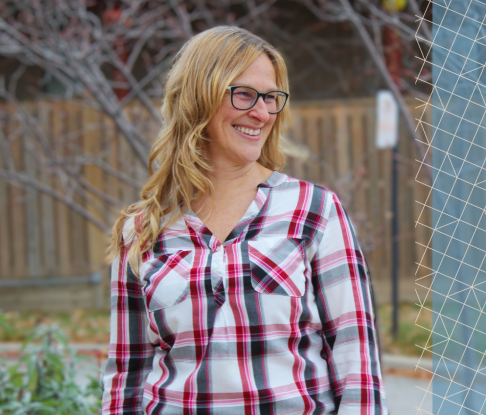
- Connected to land
- Healthy
- Kind
- Joy (joyful)
- Sharing
- Helping each other
- Having a purpose
- Resilient
- Welcoming
- Safe
- Engaged
- Accepting
- Full of Opportunities
- Friendly
These responses got me thinking about the Community Safety and Well-Being plans that all municipalities in Ontario must develop in 2020. Last year came the announcement that Ontario municipalities must meet the legislative requirements related to mandating community safety and well-being planning under the Police Services Act (effective January 1, 2019). As part of this legislation, municipalities are required to develop and adopt Community Safety and Well-Being plans working in partnership with a multi-sectoral advisory committee. Here are some communities who have started the process:
As Ontario municipalities start their community plans, I wanted to highlight the importance of developing a diverse leadership table and the community engagement process. Developing a plan with tight timelines and pre-determined deliverables can lead to inviting the already engaged. This can mean asking them to represent a whole population or speeding through community engagement so that it’s just another box to tick.
Developing your leadership table - takes time and effort to get the right people at the table. In an article by Dan Duncan, Clear Impact, he states that you need to be authentic when bringing in community representatives or persons with lived experience. Being inclusive and diverse is more than just having a few members sitting at the table to represent the community from which they come - this creates a sense of unequal power dynamics. The ABCD Geometry Lesson diagram shows the different ways you can form your partnership with the ultimate objective/goal of having citizens and living/lived experience having an equal voice.
.png?width=600&name=ABCD%20Geometry%20Lesson%20(2).png) Source: Dan Duncan, Clear Impact- Collective Impact through the lens of ABCD and RBA
Source: Dan Duncan, Clear Impact- Collective Impact through the lens of ABCD and RBA
Authentic Community Engagement - When we have the pressures of time to complete a plan, we tend to do something easy like public forums, surveys or interview a few keen people we know will respond. When community engagement becomes something, we must do rather than the way we do the work, this can lead to our engagement being at risk of being tokenistic. When putting a community plan together you need support and involvement from everyone at all stages and share the decision-making power. Through an Asset-Based Community Development lens, we need to consider Cormac Russell’s model of moving away from ‘doing to’ and ‘doing for’ community towards ‘doing with’ or ‘doing by’ community.
.png?width=600&name=Authentic%20Engagement%20(2).png)
Take your Learning Further
If you have been tasked with leading the planning process or are a partner on the planning committee, here are some resources to support you in this work:
- Join the Cities Deepening Community Membership – Get help through coaching and access to experts to help you develop, sustain and evaluate city-wide neighbourhood strategies
- Making a Case for a Neighbourhood Strategy – Steps to build the case in your community and find the right champions
- Community Engagement for Developing a Strategy – Tools and resources to assist you in engaging the community and, ultimately, developing a meaningful, actionable strategy.
- Index for Community Engagement Techniques – A comprehensive list of community engagement techniques that can be selected base





